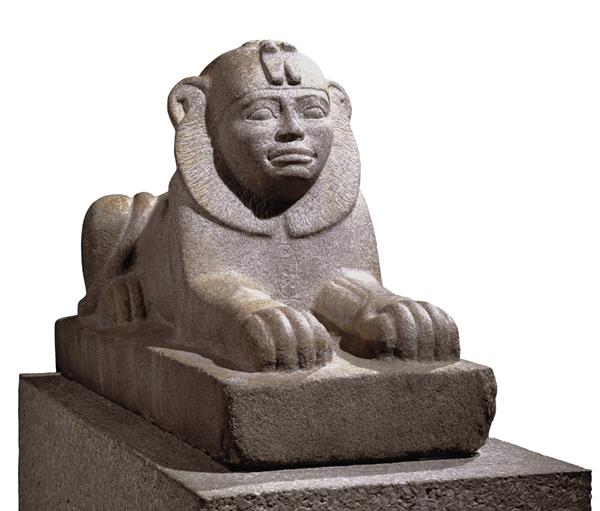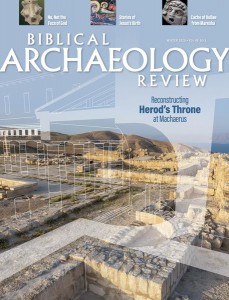Epistles: Biblical Profile: Representing Cush in the Hebrew Bible

In 701 B.C.E ., an African king marched into Syria-Palestine to defend Judah against the invasion of Sennacherib, king of Assyria. Second Kings 19:9 mentions “Tirhakah, king of Cush,” coming to the help of Hezekiah, who was up against the Assyrian superpower. Though the Cushites are mentioned only briefly in the biblical text, a number of scholars have argued that their involvement in the conflict against Assyria was decisive in the survival of Jerusalem at this critical historical juncture.
Who were these Cushites that came to the aid of Jerusalem? And why does the Hebrew Bible seem to give so little notice to their role in the 701 B.C.E. debacle of the Assyrians?
The Hebrew Bible mentions “Cush” (Hebrew: כוּשּׁ ) and related terms some 54 times.1 The vast majority of references to Cush as a geographical region denote the African land on the southern border of ancient Egypt, known most commonly today as Nubia. In English Bibles, Cush is most frequently translated as “Ethiopia,” but sometimes “Nubia,” “Cush,” and even “Sudan.” Because ancient Nubia occupied the northern and southern regions of present day Sudan and Egypt, respectively, it is to be distinguished from the country of Ethiopia, located in the Horn of Africa.
Already a library member? Log in here.
Institution user? Log in with your IP address.

